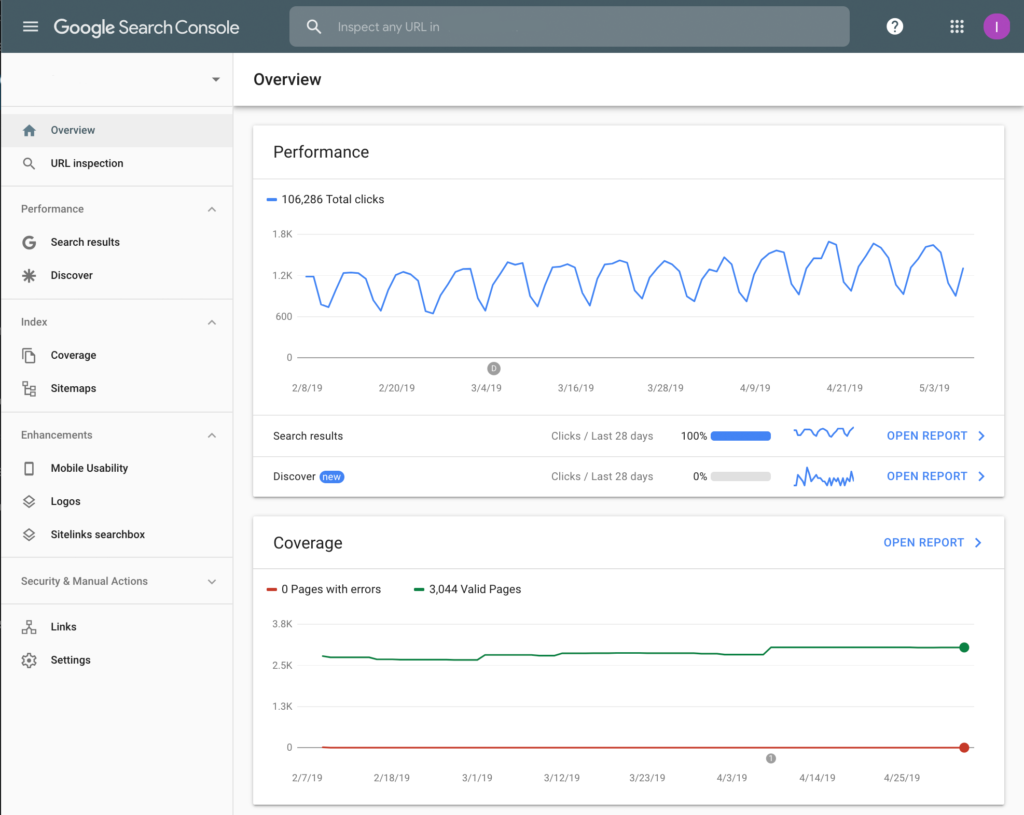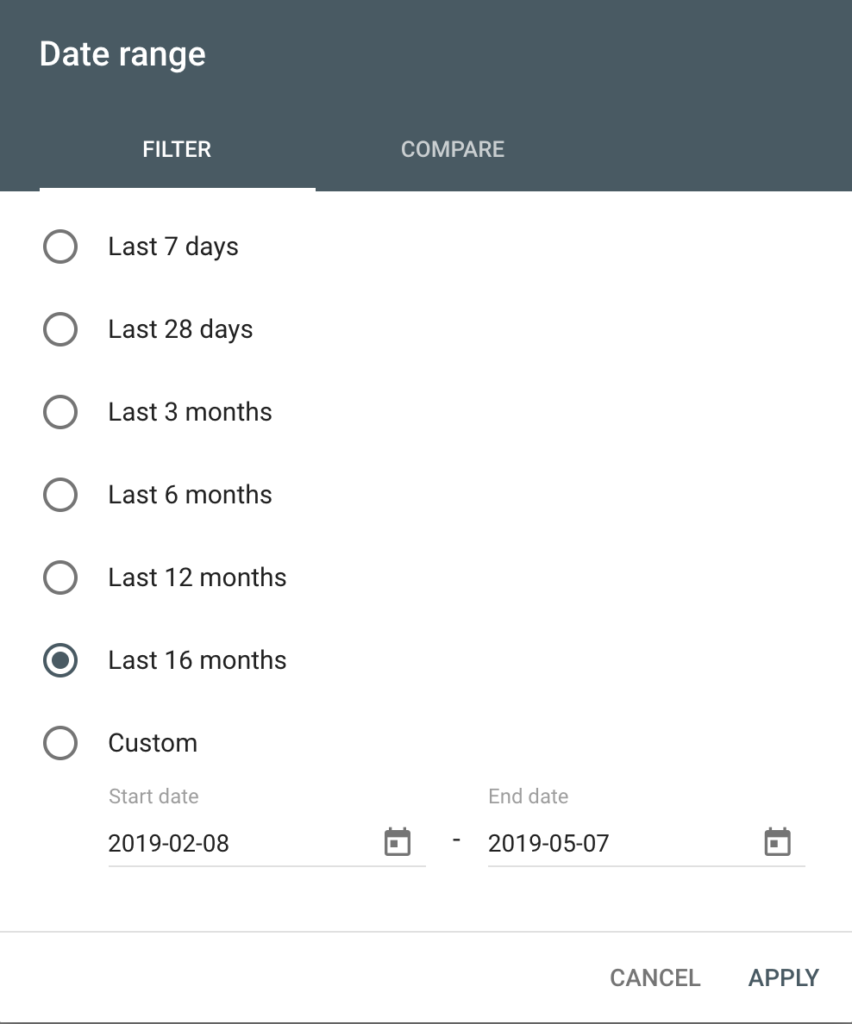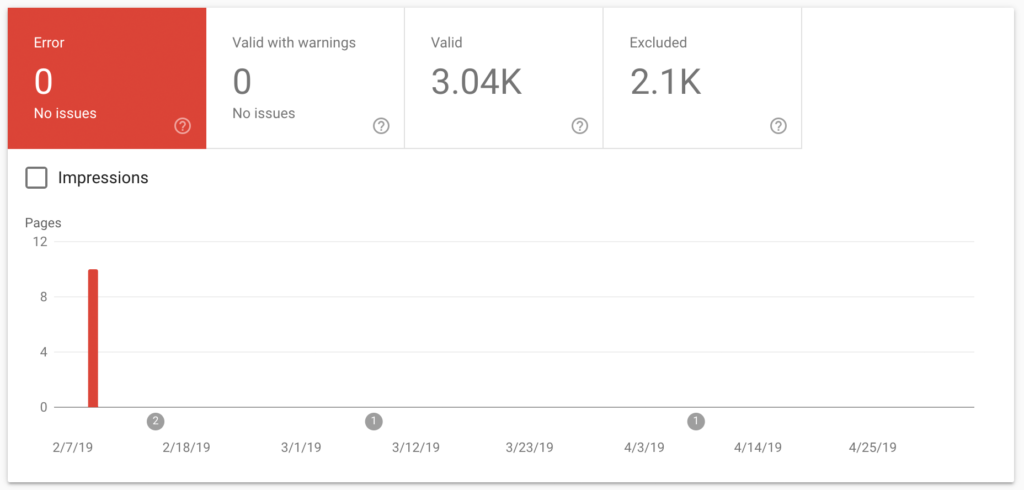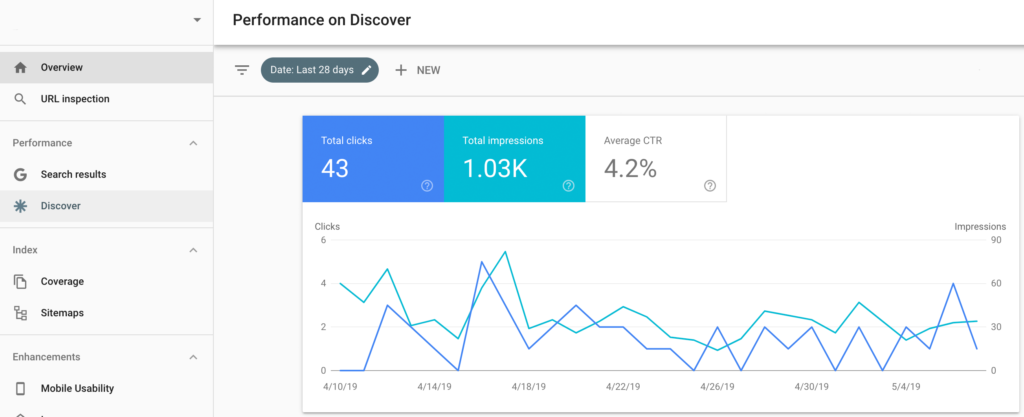
Google Finally Improved Search Console, Thank Goodness
Thirteen years ago, Google debuted a web service formally known as Google Webmaster Tools. Now called Search Console (circa 2015), the tool hit its teenage years in 2019 and thankfully has a fresh, new look as it continues to blossom.
Search Console tools and reports can show you the search queries for which your site is showing up (and being clicked), what is broken on your site, and how to fix those issues.
Since Search Console received some updates in 2019, we’ve compiled a list of the new and the improved features to help you use the platform to its fullest potential.

A Fresh Look for Search Console
If you are a developer, work on a search engine optimization (SEO) team, or simply enjoy the nitty-gritty details of a website, you’re definitely familiar with Search Console.
Over the last few years, our team has moved to other website indexing platforms that offer a more streamlined approach and better usability. But now that the “big SC” has gotten several recent updates, we’re giving it a second chance.

New Features of Search Console
1. Accessibility on Mobile Devices
Google has been telling us for years to make our websites mobile first. So if everyone else is using their phones to look at websites, why wasn’t Search Console mobile friendly? Google got the cue, and you can now access your account on mobile devices.
Why we love it: Need to figure out something on the fly? The mobile-friendly version of Search Console allows you to do everything you would on a desktop, right from your mobile device.
2. More Historical Data
We used to hate that you could see only the past three months of data in Search Console. Sure, if your Google Analytics account was connected to Search Console, you could finagle the information you were looking at within Analytics. But who wants to swap between sites when you could access the data from one location?

Why we love it: Seeing a year’s worth of data is priceless; even six months helps. Having the data go back 16 months, as it does in the new Search Console, is a win for everyone who wants more historical data. It may not be the full life of the website, but we’ll take it.
3. Streamlined Domain Properties
Previously, if your site had multiple subdomains or versions of the URL, you had to add each into Search Console as an individual property. Now, with an easy DNS record, you can verify your whole domain in one property, no matter if it is a different path, subdomain, or protocol.
Why we love it: Housing the same website, regardless of any path, subdomain, or protocol, makes it easier to see results throughout the site, so you don’t have to manually combine the data.

Updated Features of Search Console
1. Index Coverage Report
One of the reasons we originally moved away from using Search Console’s site crawl (and are now coming back) is that it was clunky to use. You didn’t always see what was included or excluded, so if a page had an issue, but someone didn’t make the crawl, you’d never know there was an issue. This can be problematic for automotive dealerships that can have thousands of pages on their sites.
Newly named, the Index Coverage Status report tells you how many pages were valid, valid with warnings, or altogether excluded from a site crawl. You can also use the URL inspection tool to review details about a specific page on your site.

Why we love it: Now, it’s easier to see what issues need to be fixed, fix them, and then validate the flagged issue. Google even crawls the issue pages with higher priority, so your site isn’t “broken” in Google’s eyes for longer than necessary.
2. Improved (And Some New!) Reports
There were some reports we liked in the old Search Console, don’t get us wrong. But now, most reports are more detailed and easier to understand. There is even a new report called the Discover Report. (Note: we’ve only seen this when a domain property has been set up.)

Why we love it: This may be obvious, but anytime you get more detailed reporting is a huge win when pulling data for clients.
3. Merging of User Management and Settings
The usability features in the new Search Console are much easier to navigate than they were in the old interface. Restricted access is now aptly named “read-only access.” At that level, users can only read reports and not change anything.
Why we love it: You can also share reports with people who are not in your user list. Simply use the “share” button at the top right of the page to share reports like Mobile Usability and Index Coverage.

Blossom with Search Console
We hope you enjoy all the changes happening with Search Console. We’re guessing there will be a few more updates from Google as it finalizes the new version, so keep your eyes peeled.
Show Up With SEO »





